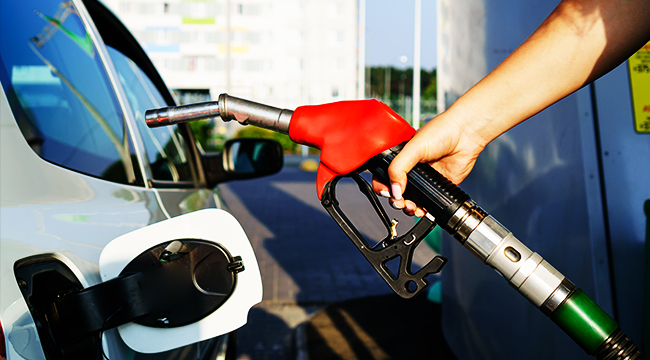
Driving in America is changing rapidly. Electric cars are taking over, self-driving cars are becoming a reality, and automakers around the world are facing some serious questions as their industry shifts under their feet. GM, though, has a few ideas about the future of driving, and one of them is making you pay more for gas.
If you’ve been following the American Fuel and Petrochemical Manufacturers world conference (Yes, okay, that’s just us) you probably heard that GM’s Vice President of Global Propulsion systems (i.e. the guy in charge of engines) Dan Nicholson made a surprising proposal during a speech. Namely, that America get over its distaste for low-octane gas and start pumping our cars full of the fancier stuff. And to be fair, in terms of the planet he has a point!
According to Nicholson, relatively simple changes including new pistons to enable higher compression and revised calibrations can yield about a 3% improvement in efficiency with no significant added component costs. Aggregated over millions of engines a year, that adds up to some fairly substantial fuel consumption reductions.
How would that work? Without getting into the physics too much, premium gas has a higher octane than the standard stuff. The higher the octane of your gas, the more you can compress it before it explodes. While premium gas and standard gas have the same amount of stored energy, you use less of it per stroke, so it’s more efficient. Don’t bother putting it in your current car, though; it’s not designed to get the most out of premium, although you should use it if you hear “knocking” in your engine. Paired with other advances like lighter materials, smaller but more efficient engines, and hybrid vehicle designs, you could get more bang for your buck.
Less fuel burned is a good thing, although of course we would be remiss if we didn’t note that this kind of fuel consumption reduction would mean GM could comply with strict federal emissions standards without expensive re-engineering of components, but you’d obviously pay more going to the pump. That may be mitigated both by wider sales of premium, and also an uptick in efficiency, but that can be a hard sell for customers who have to look at that receipt every time they get gas. Then again, cars have to hit a practical minimum of 36 miles to the gallon by 2025, and it’s unlikely the rules will be eased up after that. So GM might not be alone in asking us to pay more at the pump.
(via Forbes)
